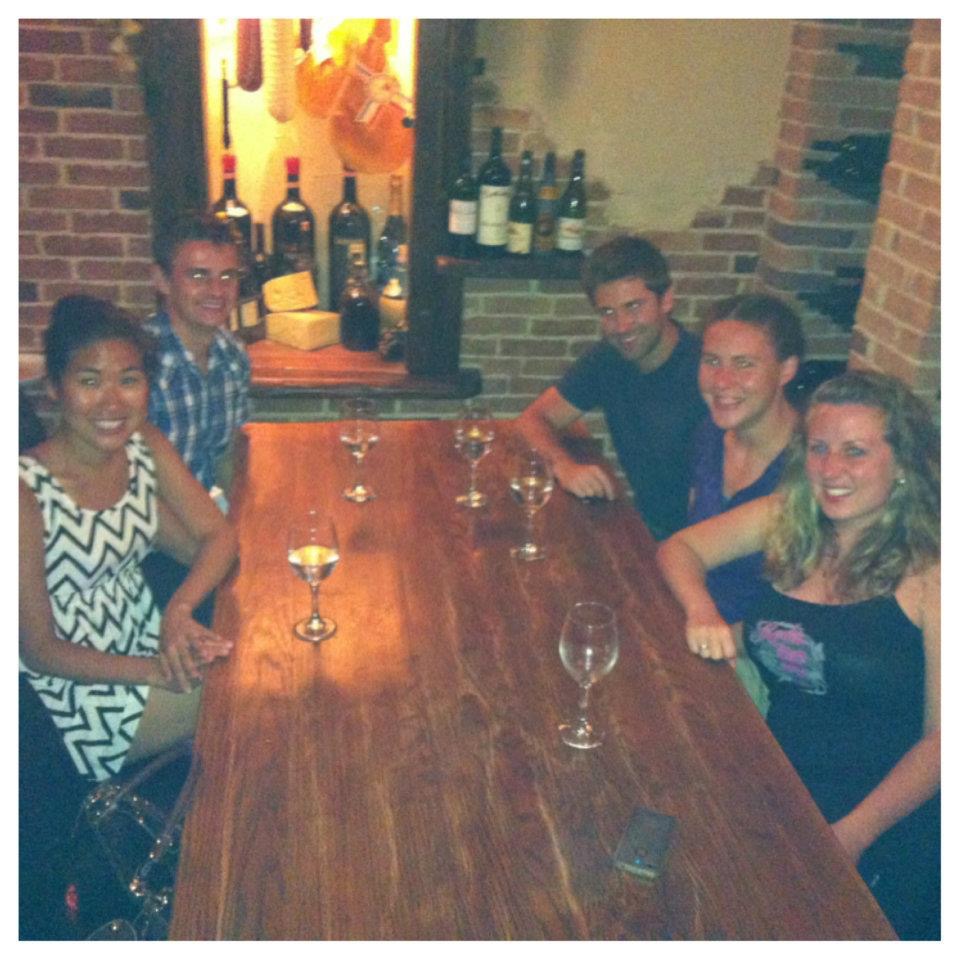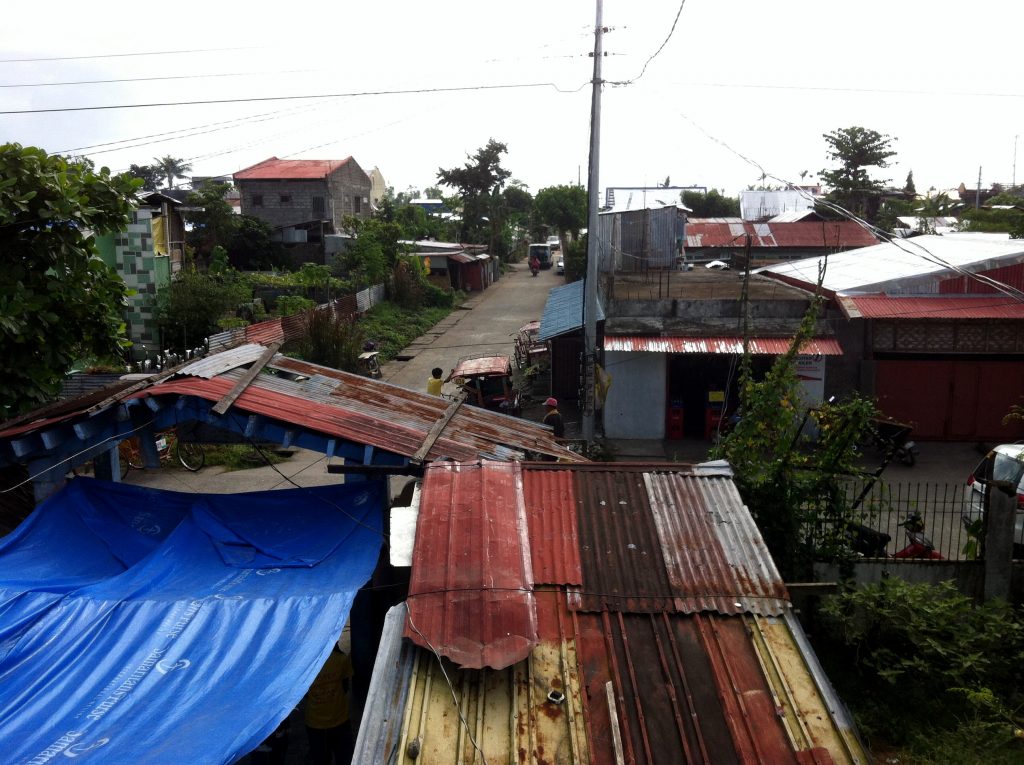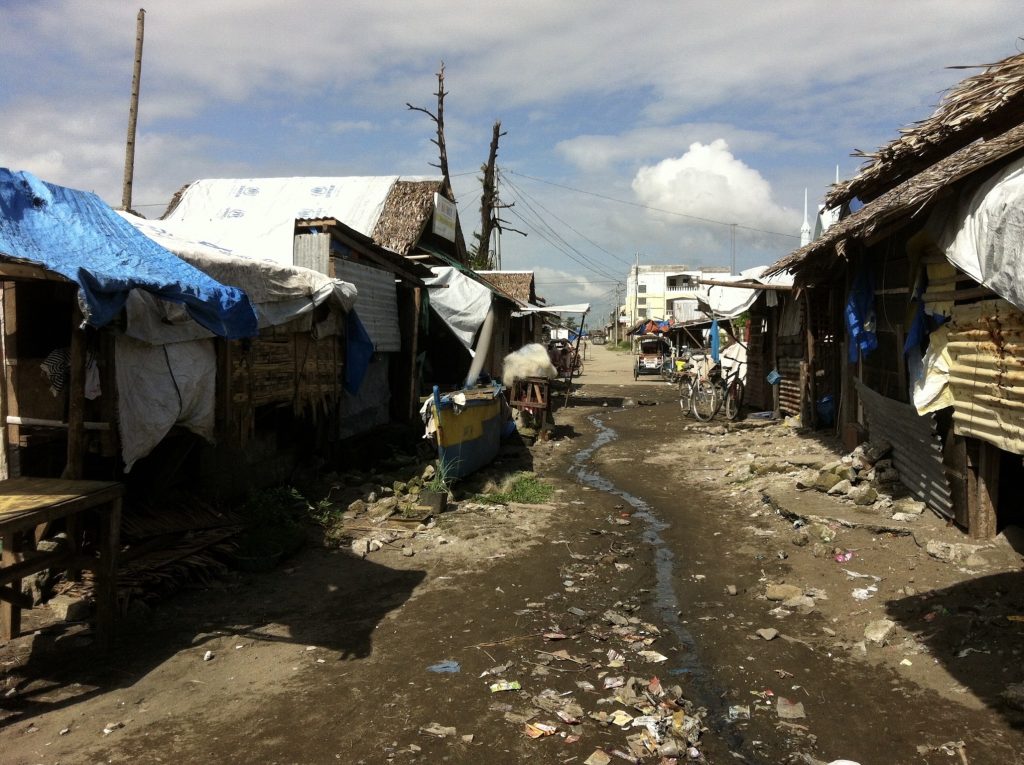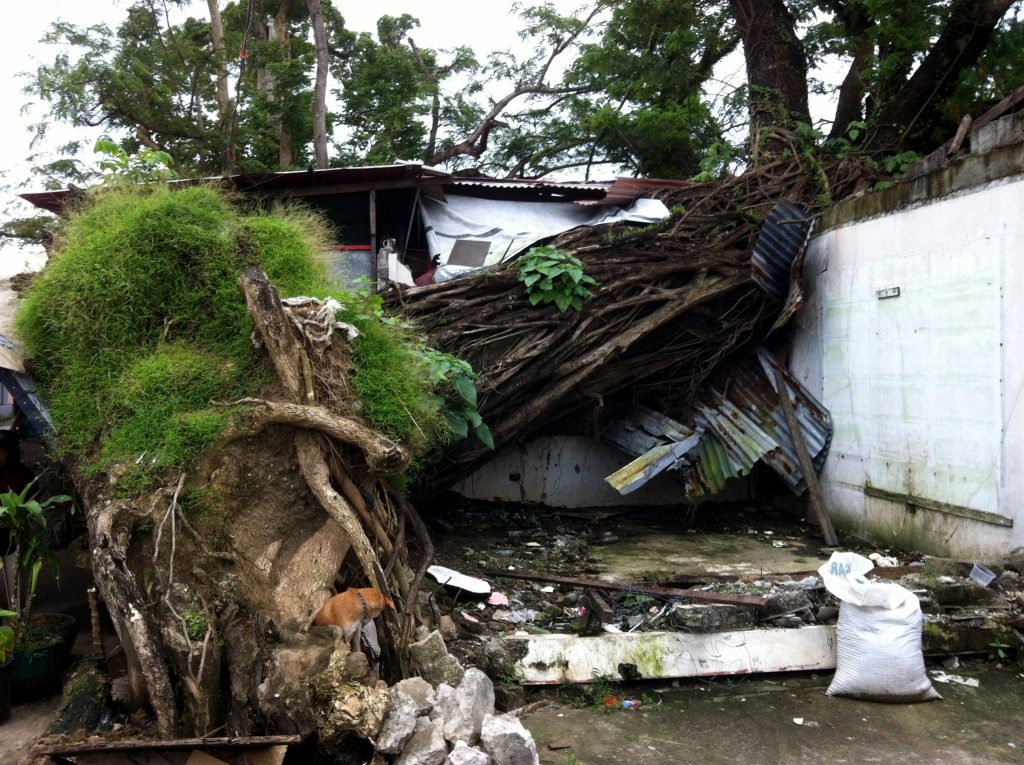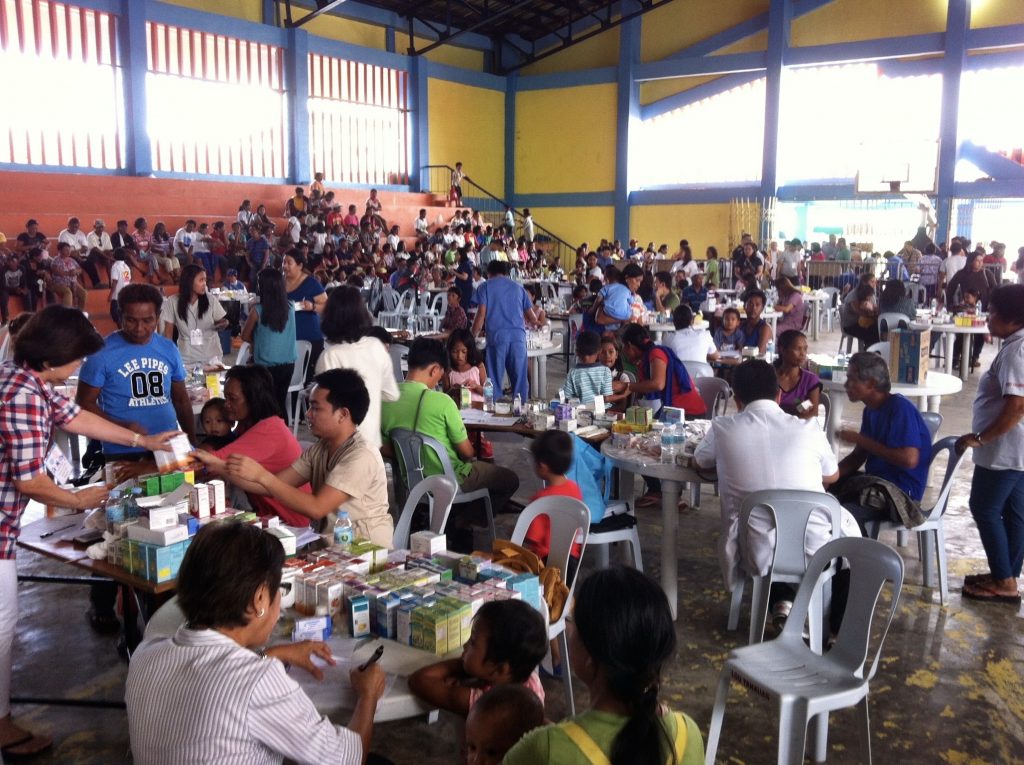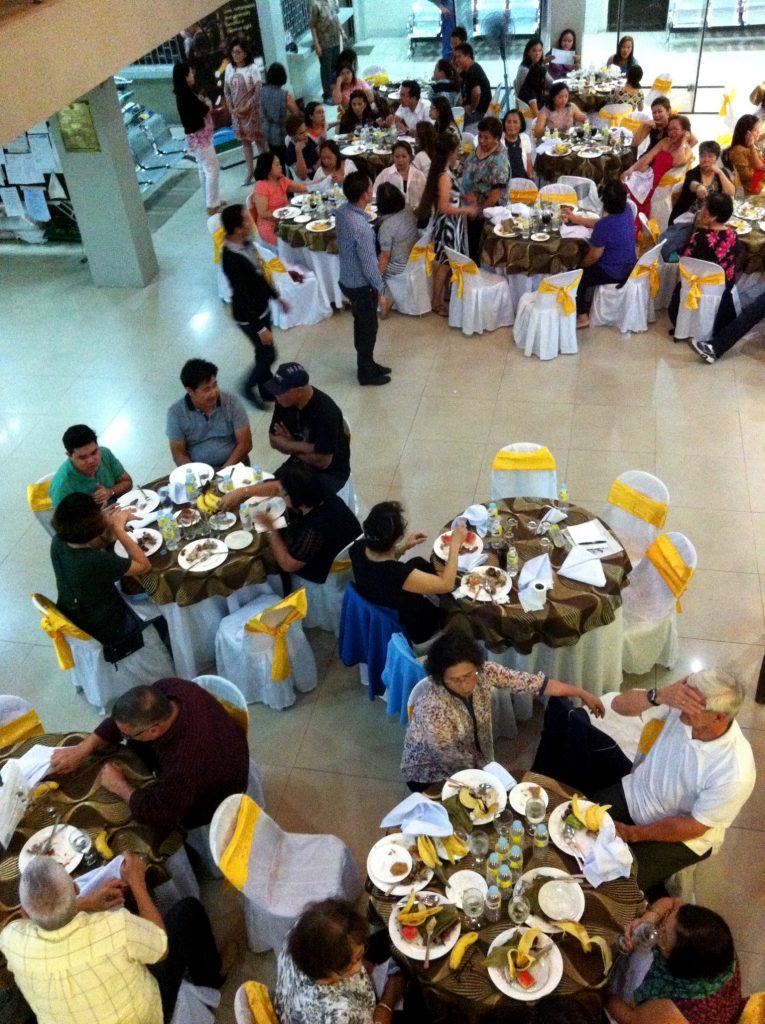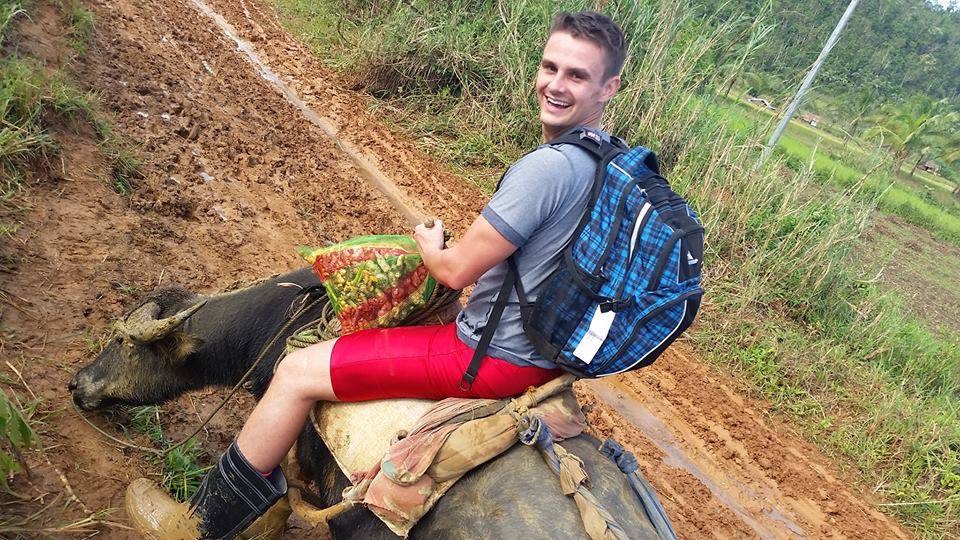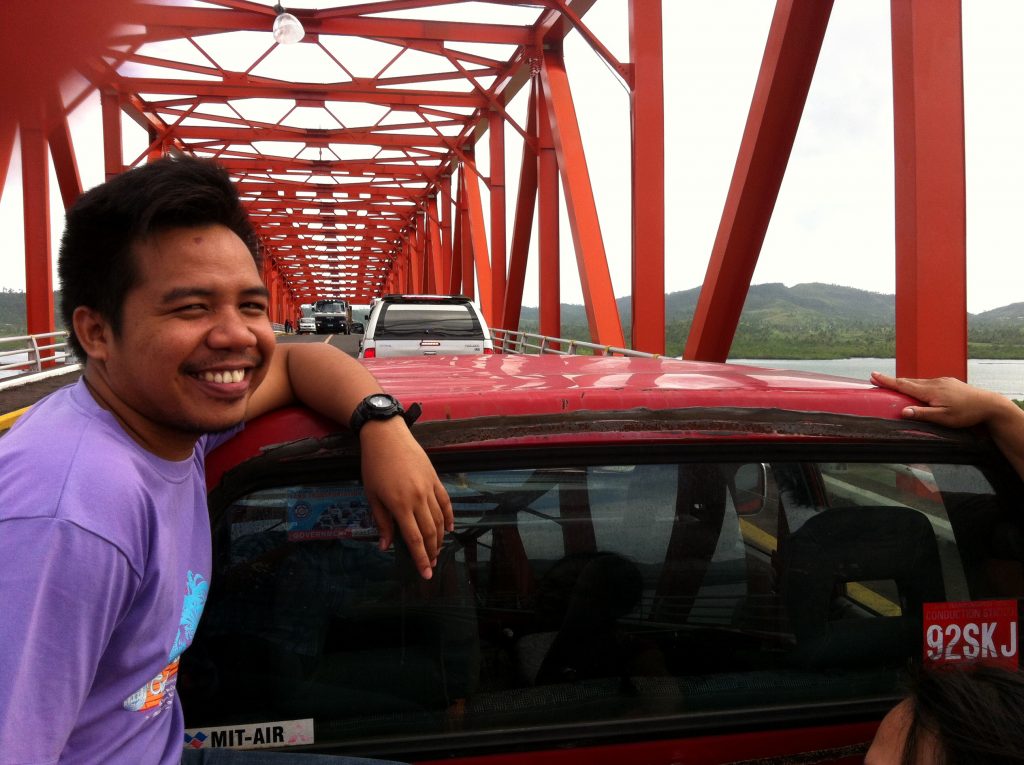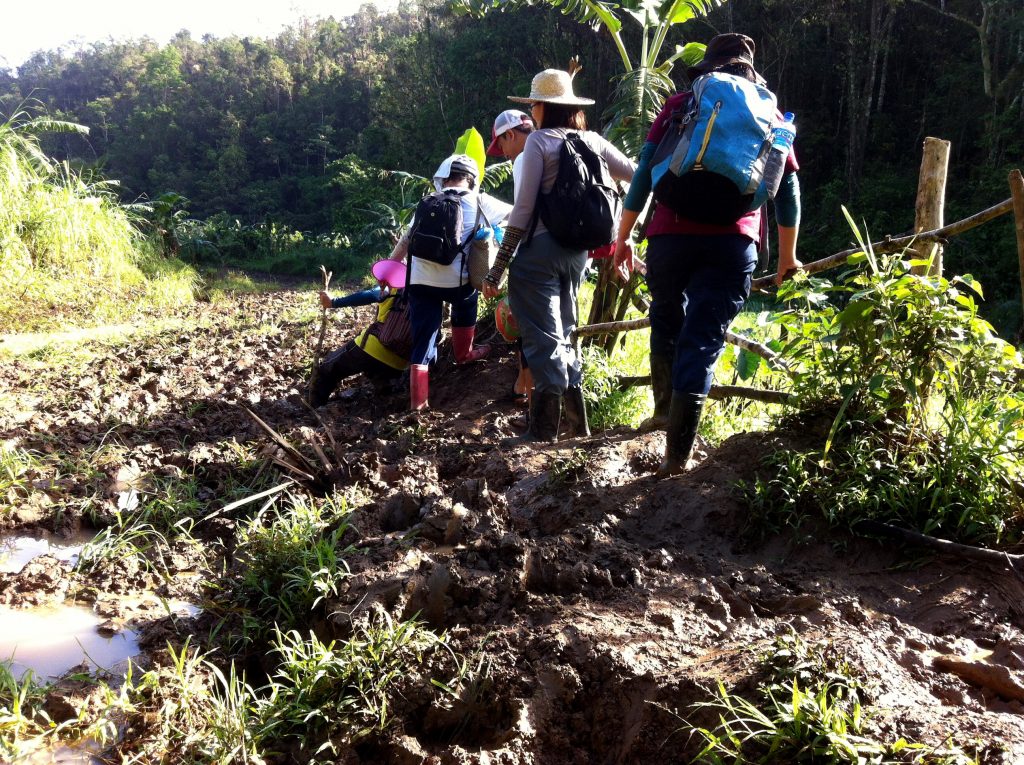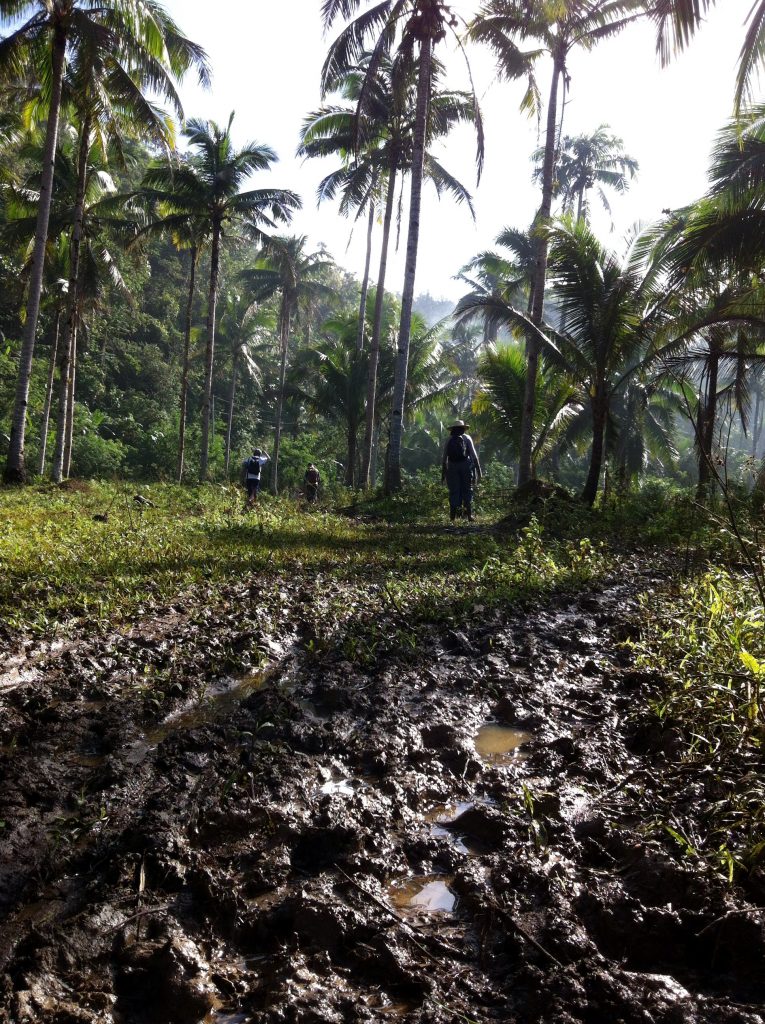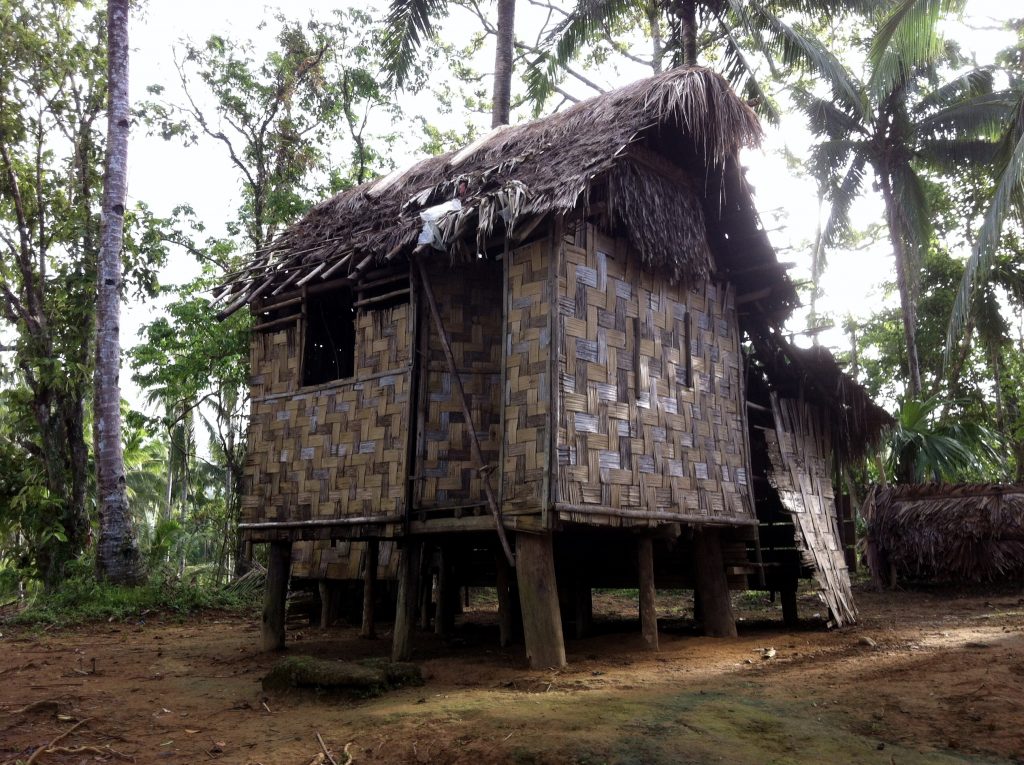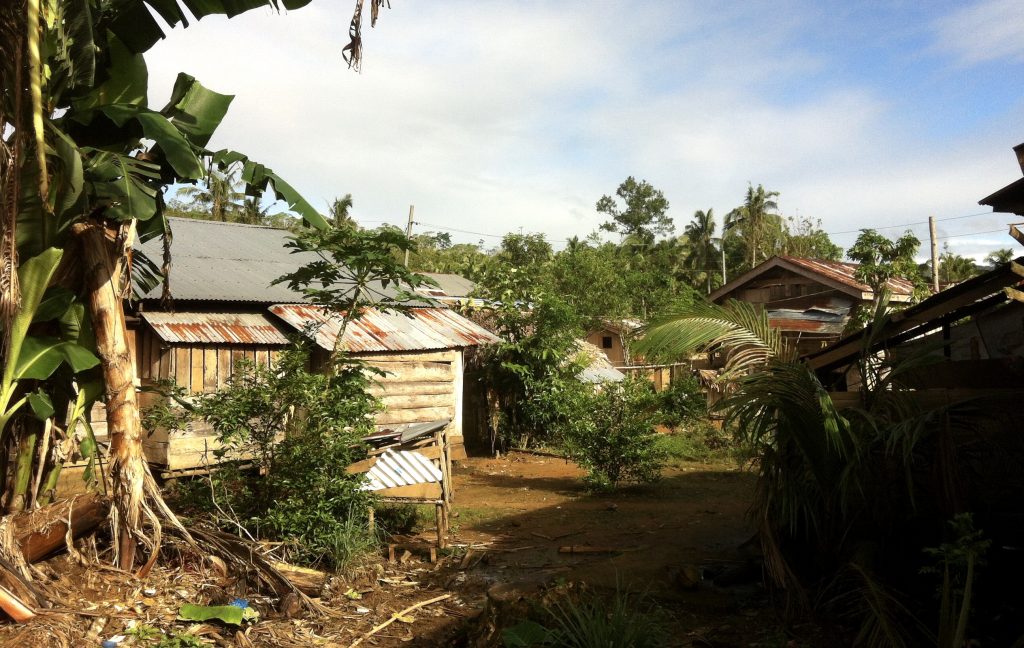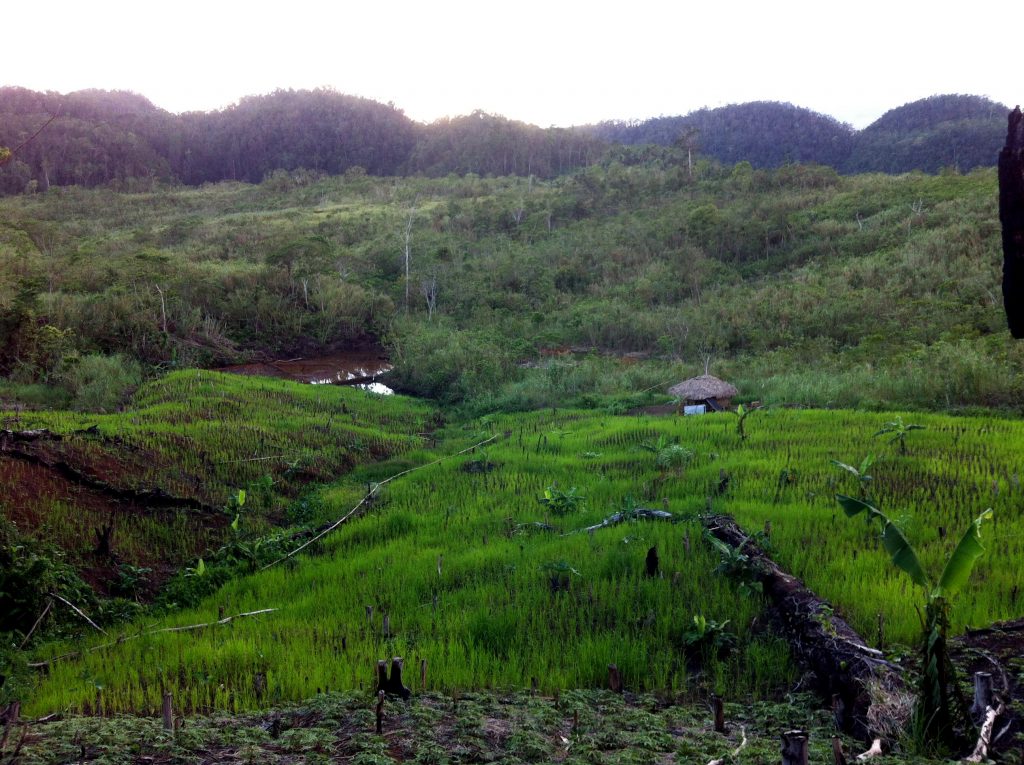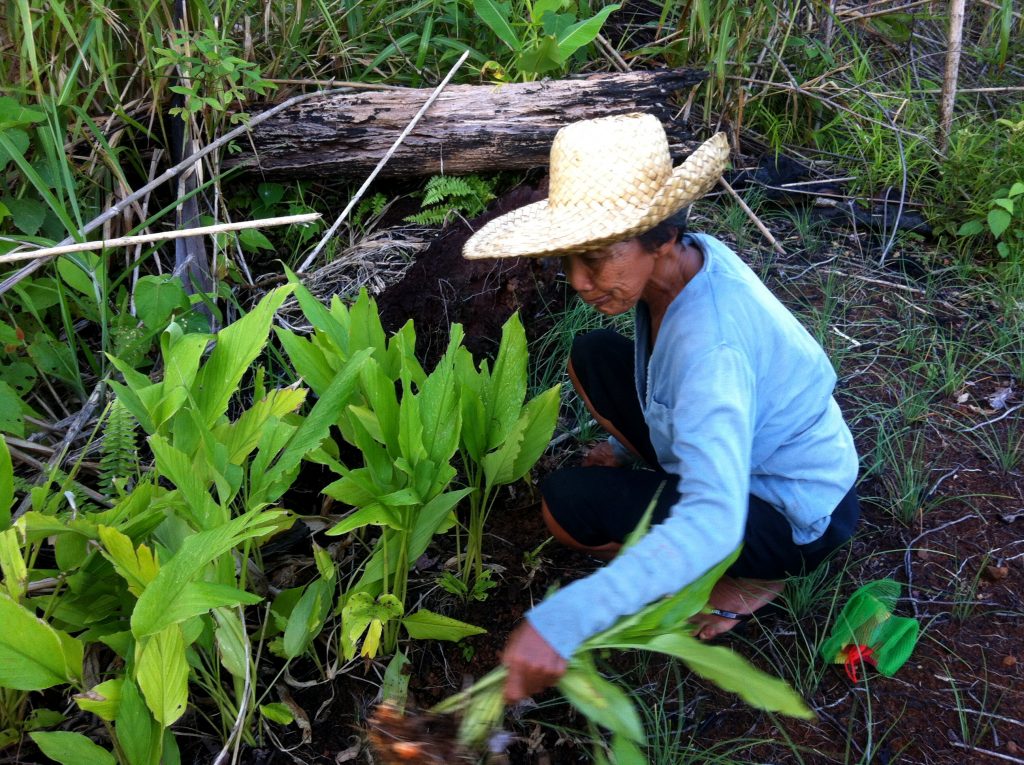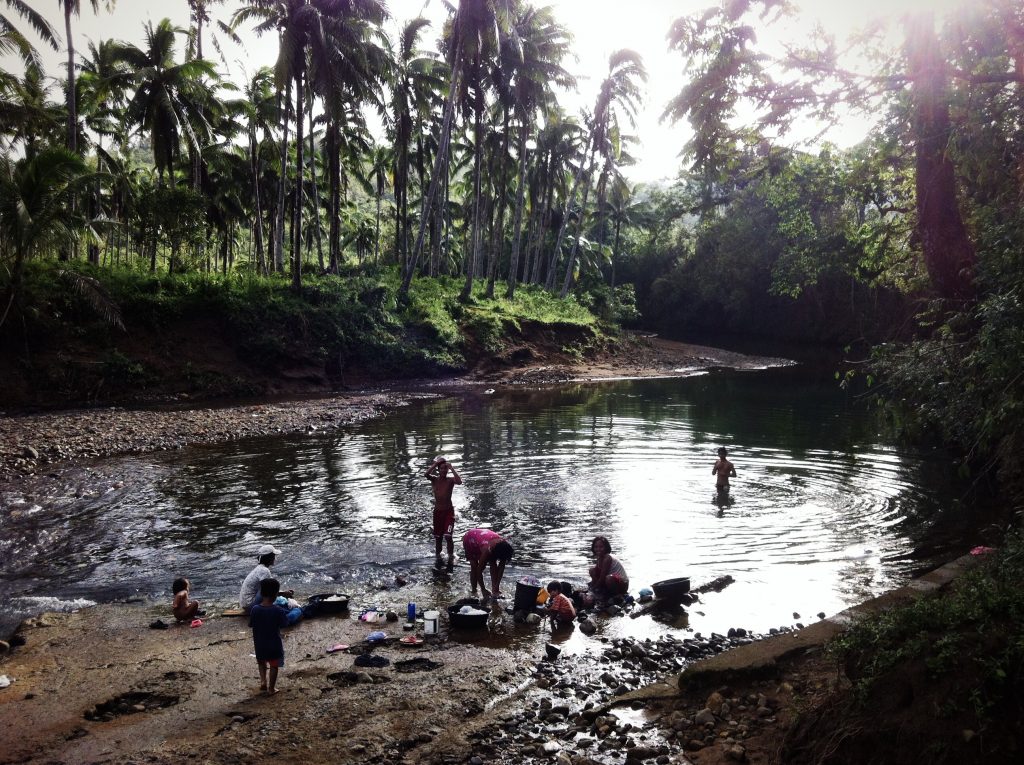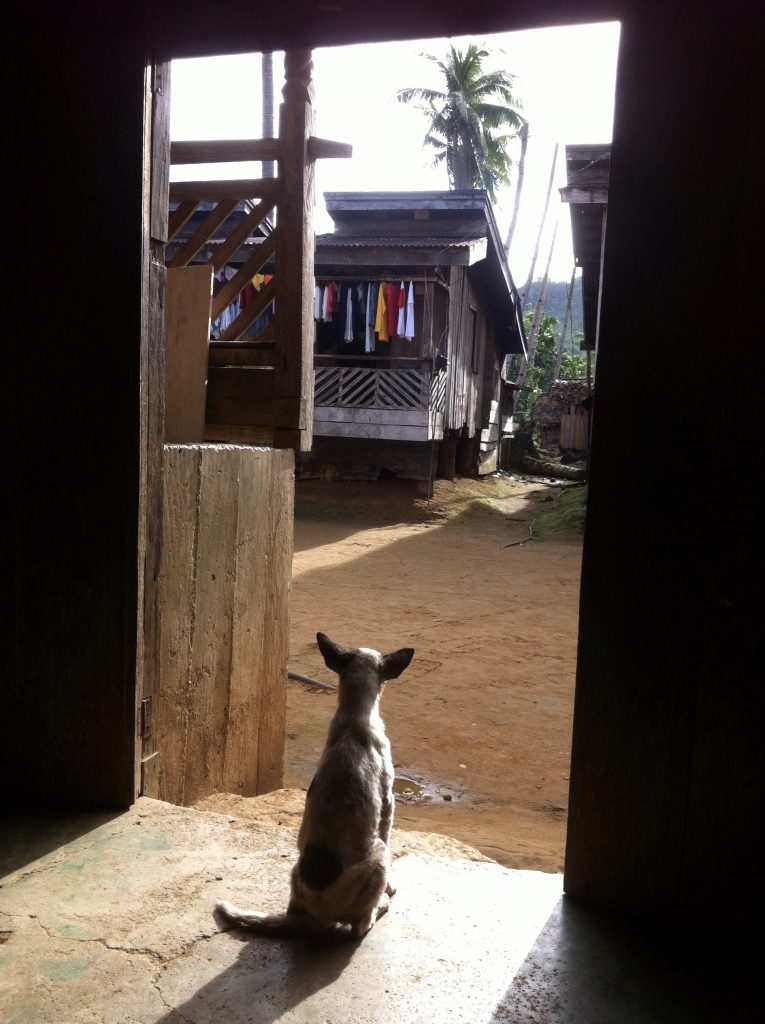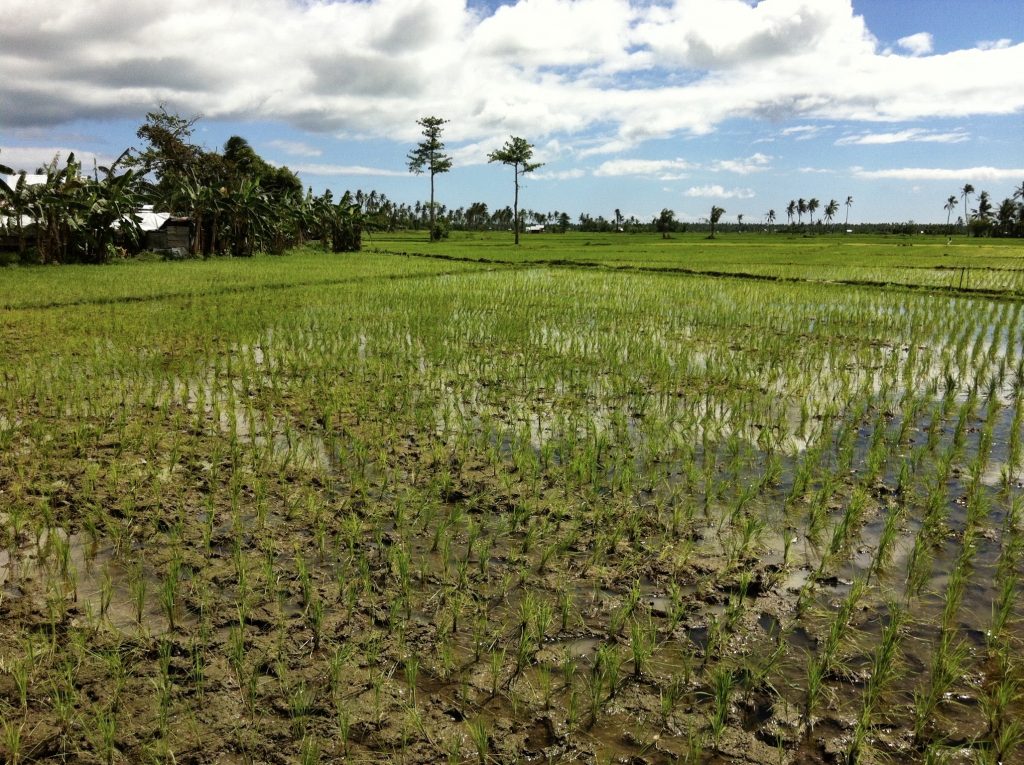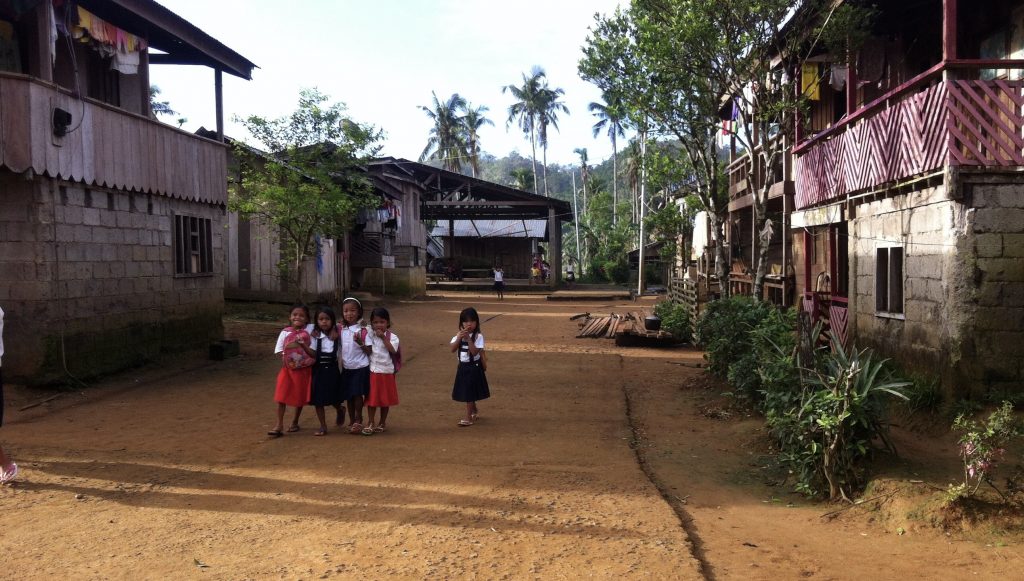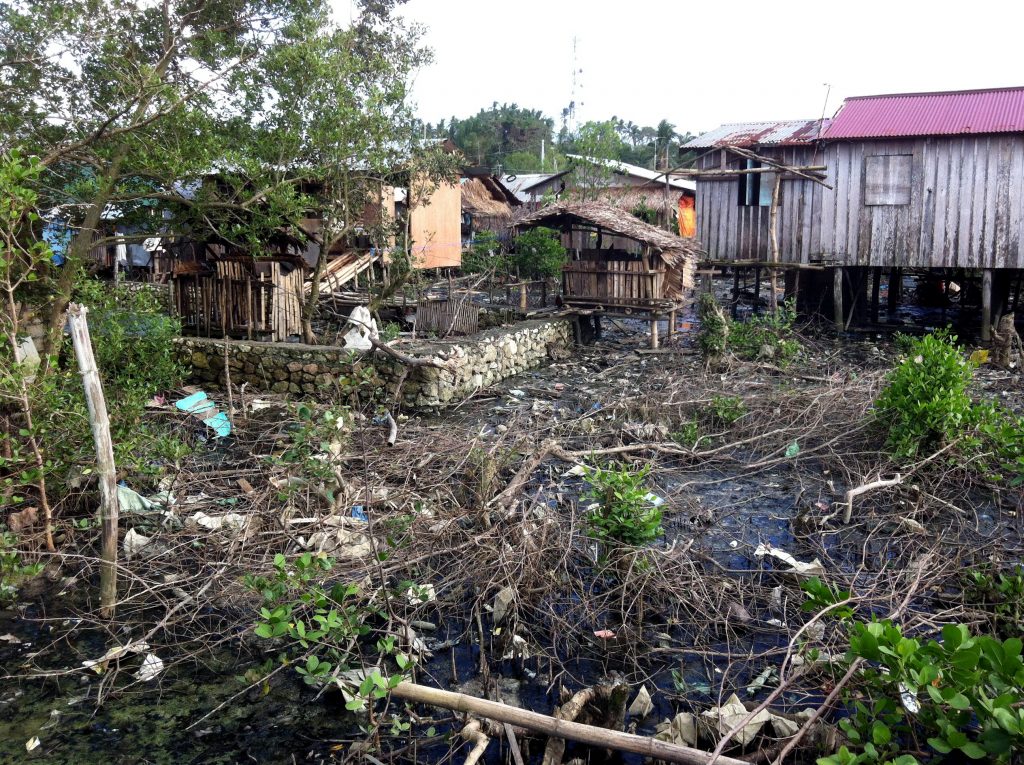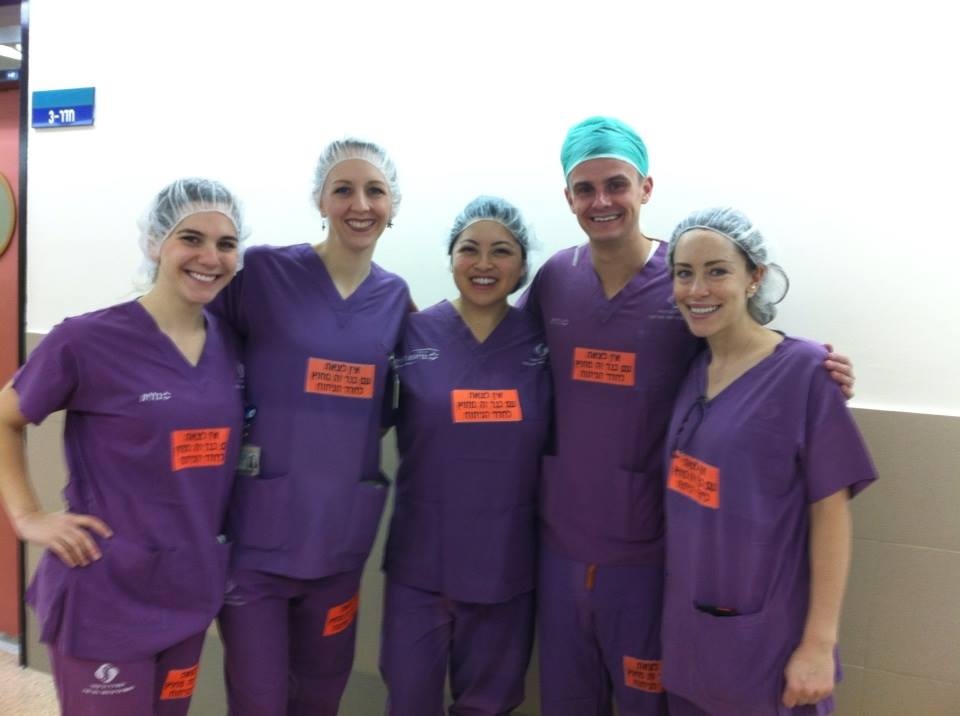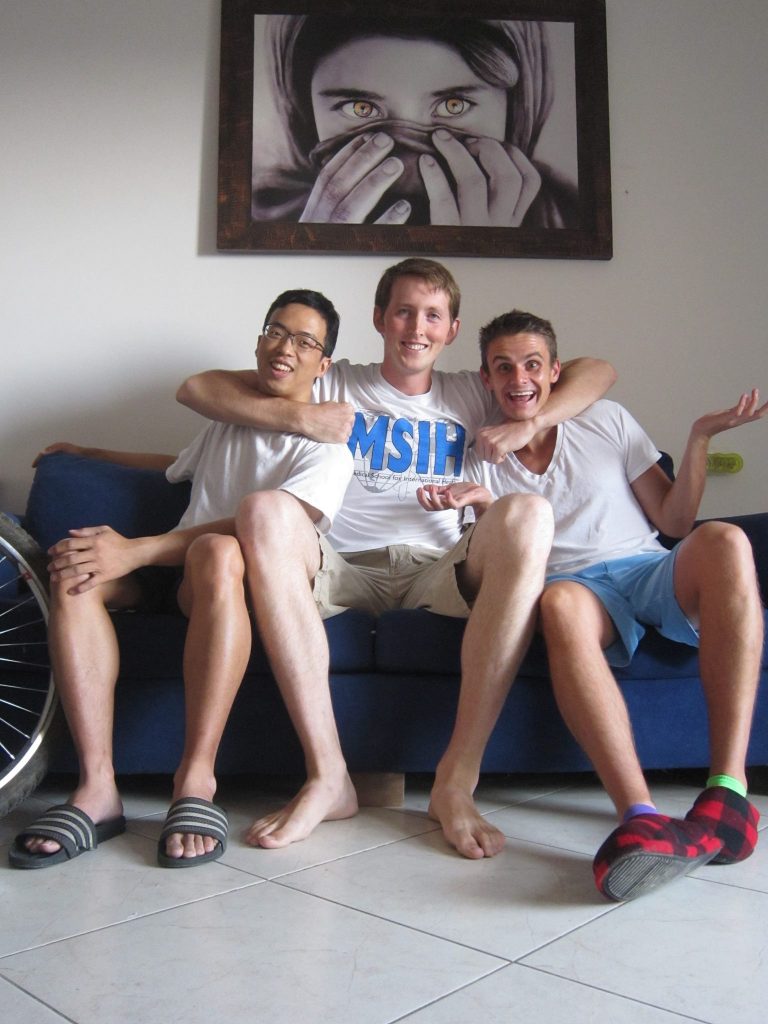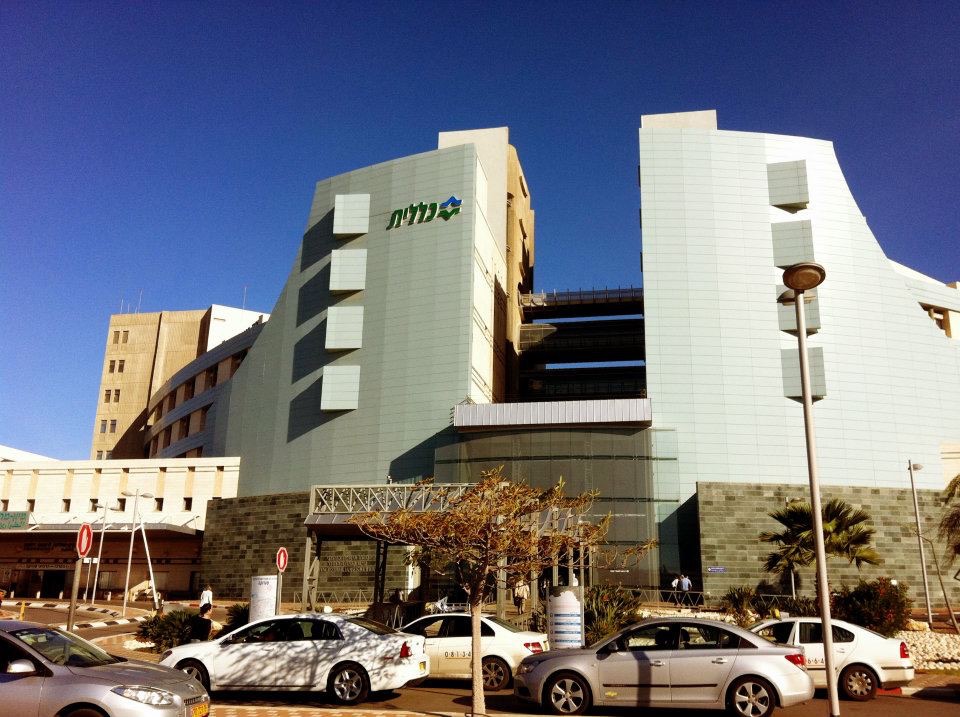
where i attend medical school
israel has an excellent socialized healthcare system for its citizens, arguably one of the best in the world. early zionism was very idealistic and socialist, and quality and universal healthcare has always been a central theme. the current system uses an interesting model – it is single payer (the government), but there is an element of competition as well. there are three not-for-profit “sick funds” which receive a set monetary amount from the government for each citizen who is insured with them. the government requires that these funds provide a “basket” of medical services and treatments for their enlistees. for the most part, the basket includes what would be considered the standard of care in the western world. it generally does not include things such as procedures or treatments for aesthetic reasons or overpriced or experimental new drugs. typically only the generic version of a drug is covered as part of the basket if it is available. generous allotments for services like physiotherapy are also included in the basket. the lump sum payment to the sick funds for each patient, termed “capitation,” provides incentive for the fund to invest in preventative measures for its patients, as if they can keep them out of the hospital or prevent them from becoming sick in the first place then significant money can be saved. each fund receives money for their patients according to the same formula (age, gender, medical conditions, disability, area of the country in which they live, etc). in addition to the required basket of services and drugs, the funds can provide additional services as well to attract more patients/customers. citizens can choose their sick fund and can switch between funds at any time without penalty, and the funds cannot refuse to insure a patient. the funds are also the operators of the hospitals and clinics, which technically keeps the government out of the business of healthcare though there is obviously close collaboration.
though required healthcare is free for the citizenry, targeted fees are permitted that aim to reduce inefficiencies. for example, due to the universal problem of overuse of emergency rooms for minor issues, a fee was introduced for emergency visits that are not either first referred by a primary care physician or do not result in a hospital admission. likewise, a large levy exists for those who call an ambulance but are not subsequently admitted to the hospital. these efforts of course sometimes result in further inefficiencies, such as people feeling the need to first contact their primary care physician when they should probably just go straight to the emergency department, or doctors admitting patients when they medically don’t need it to help them avoid the fees. overall though it is a very fair balance that allows everyone to get the healthcare they need without having to go bankrupt to do so, and attempting to limit unnecessary overuse of the system.
of course, socialized care has its limitations. while it is excellent for the poor, the rich do not appreciate waiting in line, getting a generic drug rather than the brand name one, or not being able to hand-pick their surgeon. thus, over the last few decades a robust private healthcare system has developed in parallel with the public one. the merits and drawbacks of these two-tiers are beyond the scope of this blog post, but private healthcare has become a major sector of the israeli economy and a very contentious issue for all involved.
prioritization of the family is a major focus. things like maternity leave and government transfer of money to parents is a priority, as it is a strategic goal of the government to keep the birthrate high. so much so that invitro fertilization for all israeli citizens is free, at tremendous cost to the state.
emergency medicine and disaster response are huge in israel. due to everyone spending required time in the military, most people have some training in responding to emergencies, and many have firsthand experience from wars they have fought in. israel also sends medical teams to major worldwide disasters, either privately or as a military delegation, and are world leaders in this regard.
it must be noted that healthcare benefits extend only to israeli citizens – not to asylum seekers living in israel or to palestinians, except official east jerusalem residents. still sounds pretty good though, right? israel has its huge problems, but overall i’d say healthcare is one of its gleaming achievements.

